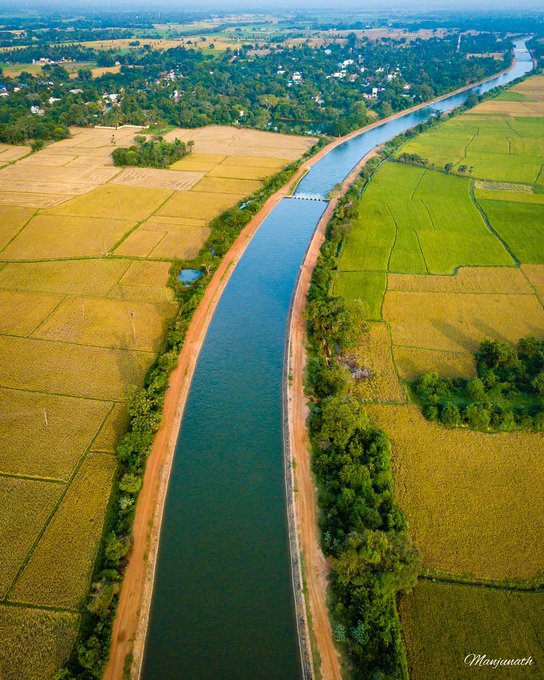Chanakya on Managing a Team (1)
Chanakya
was an Indian teacher, moralist, philosopher, economist, jurist and royal
advisor. He is traditionally identified as Kauṭilya or Vishnugupta, who authored the
ancient Indian political treatise, the Arthshstra. As such, he is
considered the pioneer of the field of politics & economics.
His
other famous work is ‘Chankya Niti’. But here I focus on another of his works
called Chankya Sutra. It is a book to advise the kings on management of their
daily affairs. The book contains 531 sutras.
The
sutra system of teaching or dealing with a body of knowledge is unique and
prevalent since at least 7000 years in India. The other terms that can be used
in place of sutra are – maxims, aphorisms, theories or ‘principles’. Patanjali
Yog-sutra, Kam-sutra, Narad Bhakti Sutra, Vedant Sutra, etc are some other
examples of this style of writing. Sutra would contain knowledge in a capsule
form – easy to be told as well as memorized by pupils. It was an easy way to
internalize the subject using sutras once the teacher explained them.
The
present article focuses on his aphorisms on topics relating to selecting or
rejecting team members; on placing people or assigning people
responsibility; necessity of appointing a properly qualified person to a job;
necessity of sharing & distributing the earnings & importance of
human resource.























Comments
Post a Comment